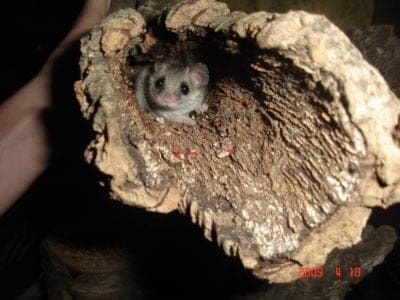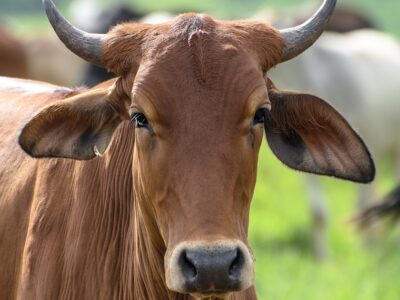Below you can find a complete list of Emiri animals. We currently track 217 animals in United Arab Emirates and are adding more every day!
The United Arab Emirates is a federation of seven historically distinct monarchies: the capital of Abu Dhabi, plus Dubai, Ajman, Fujairah, Ras Al Khaimah, Sharjah, and Umm Al Quwain. Situated against the Persian Gulf, the country shares a land border with Oman toward the east and Saudi Arabia toward the south.
The UAE has a long, winding coast that contains the most suitable climates for humans. Here you can find the country’s largest cities and their gleaming skyscrapers (including the world’s tallest building, the Burj Khalifa). Beyond the coast, the desert is the dominant geographical feature of the country’s interior. With few large bodies of water, it contains some of the largest sand dunes in the entire world. The east of the country is also dotted with the Hajar Mountains, which flow into neighboring Oman.
The Official National (State) Animal of the United Arab Emirates
The Arabian oryx, a type of long-horned antelope, is the official national animal of the UAE. However, the falcon is the national bird, the emblem on the coat of arms, and an important cultural symbol.
Where to Find the Top Wild Animals in the United Arab Emirates
More than 10 national parks and wildlife reserves are spread out across the entire country.
- The Ras Al Khor Wildlife Sanctuary, located directly to the south of the Dubai International Airport, is an enclosed bird haven situated among the sprawl of the city. It contains about 180 different species, including kingfishers, eagles, spoonbills, plovers, and godwits. It’s also a good place to find foxes, hedgehogs, vipers, and hares.
- The Dubai Desert Conservation Reserve, located directly east of the city itself, is home to caracals, sand cats, antelopes, hedgehogs, shrews, foxes, hares, snakes, lizards, and several species of bats.
- The Wadi Wurayah National Park, located near the eastern waters of the Persian Gulf, is considered to be a wetland of international importance. Situated amid the Hajar Mountains and scenic waterfalls, the park is home to the caracal, various species of freshwater fish, and even the unique and elusive Arabian tahr.
- The Mangrove National Park encompasses 7 square miles of mangrove forests just outside the city center of the capital, Abu Dhabi. Visitors can expect to find a large variety of unique animals such as herons, flamingos, dolphins, dugongs, foxes, crabs, and fish.
- The Kalba Conservation Reserve, located near the eastern border with Oman and the Persian Gulf, is an internationally recognized wetland area. It encompasses both a bird of prey center and a wild mountain conservation center for scenic hikes.
The Most Dangerous Animals in the United Arab Emirates Today
The UAE is home to several species of venomous animals that people should try to avoid at all costs. Fortunately, most of them reside in the more remote parts of the country.
- Scorpions – The UAE has two types of dangerous scorpions: the deathstalker and the fat-tailed scorpion. Both of them are capable of producing dangerous and painful venom. Several deaths are known to occur every year, usually involving the young, old, or already infirm.
- Arabian Horned Viper – Identified by the large scales protruding from the body and the big horns above each eye, the horned viper likes to lie submerged in the sand to surprise prey. The venom itself can cause pain, swelling, nausea, vomiting, and tissue necrosis.
- Indian Saw-Scaled Viper – Aggressive and quick to strike, the saw-scaled viper is found throughout India and the Middle East. Its venom can cause severe pain, swelling, and bleeding within minutes of a bite. The mortality rate might be as high as 20%, but fortunately, anti-venom is widely available.
Endangered Animals in the United Arab Emirates
Most of the country’s wildlife lives out in remote areas, undisturbed by human activity. But several species, particularly near the coast, are at risk of becoming extinct from overhunting and habitat loss. Another persistent problem is overgrazing from domesticated animals, which changes the natural landscape of the country.
- Arabian Leopard – This endangered subspecies of the leopard is exceptionally rare in the UAE. Occasionally there are reports of a sighting or a footprint left behind, but nothing definitive about its status in the country. With only a few hundred remaining in all of the Arabian Peninsula, it is already on the brink of becoming extinct. Habitat loss, prey depletion, and overhunting are primarily to blame for the dramatic fall in numbers.
- Arabian Tahr – Native to the steep slopes of the Al Hajar Mountains, the endangered tahr looks a bit like a goat. It has long been under threat from habitat loss, hunting, and overgrazing in the area.
- Sea Turtles – Four species of sea turtles (the green turtle, olive ridley turtle, loggerhead turtle, and hawksbill turtle) once roamed the waters of the Persian Gulf in large numbers, occasionally coming ashore to reproduce. But this unique animal is currently in danger of becoming extinct from the combined effects of pollution, accidental bycatches, human exploitation, and loss of nesting sites from coastal development.
The Flag of the United Arab Emirates
The national flag of the United Arab Emirates (UAE) has red, green, white, and black, with unification being the flag’s main theme, and each color has a different meaning. It is rectangular in shape separate into four rectangular sections within. Check out more about the flag of the United Arab Emirates here.
Emiri Animals
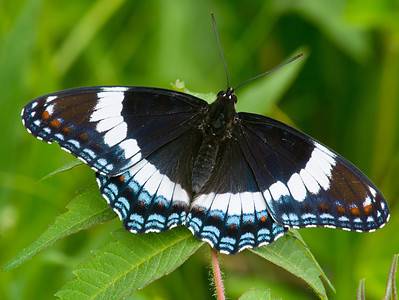
Admiral Butterfly
Stunningly beautiful wings

Ant
First evolved 100 million years ago!
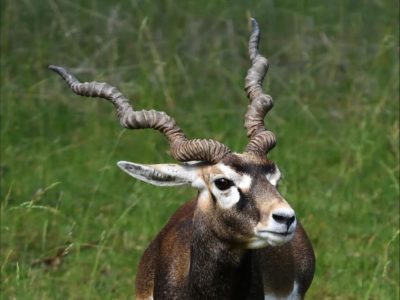
Antelope
Renew their horns every year!
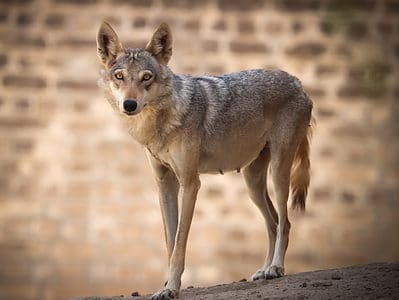
Arabian Wolf
Rare desert wolf

Armyworm
They are so named because they "march" in armies of worms from one crop to another in search of food
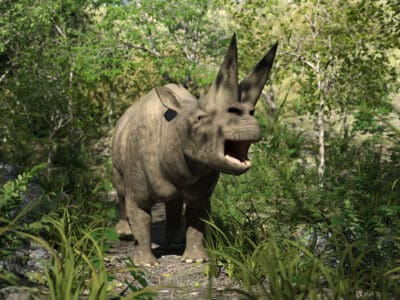
Arsinoitherium
Arsinoitherium was a twin-horned mammal that looked like a rhino but is more closely related to present-day elephants.
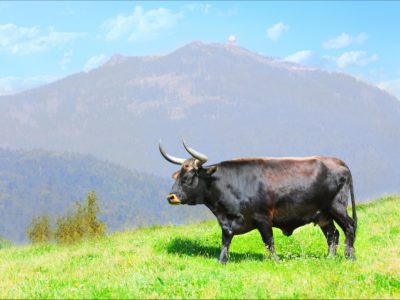
Aurochs
Extinct ancestor of all domesticated cattle!
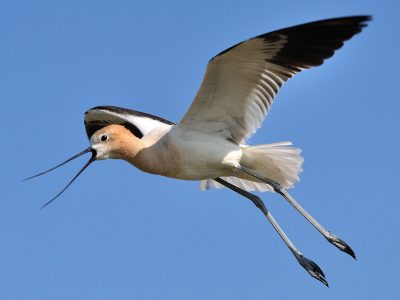
Avocet
Has a curved, upturned beak!
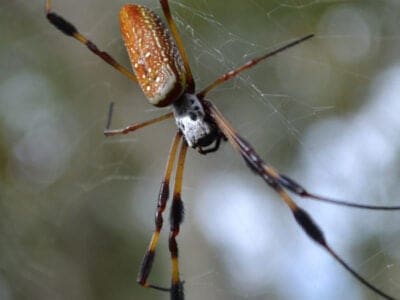
Banana Spider
People spin clothing and fishing nets out of these spiders’ silk.
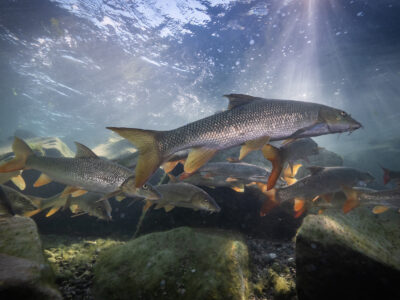
Barb
There are over 1768 known species!

Barn Owl
Found everywhere around the world!

Barn Swallow
Older offspring help care for new hatchlings.

Bat
Detects prey using echolocation!
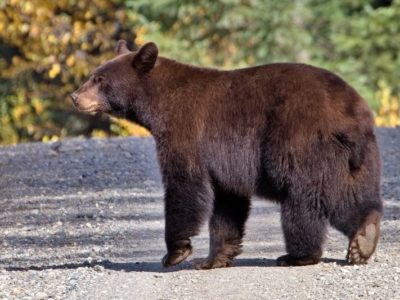
Bear
There are 8 different species!

Bed Bugs
Bed bugs feed for 4-12 minutes.

Bee
Rock paintings of bees date back 15,000 years

Beetle
There are more than 350,000 different species
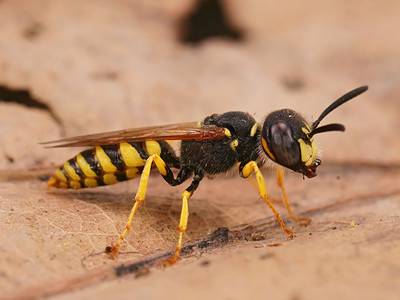
Beewolf wasp
They hunt bees

Bird
Not all birds are able to fly!

Biscuit Beetle
The biscuit beetle form a symbiotic relationship with yeast

Black Widow Spider
They typically prey on insects!
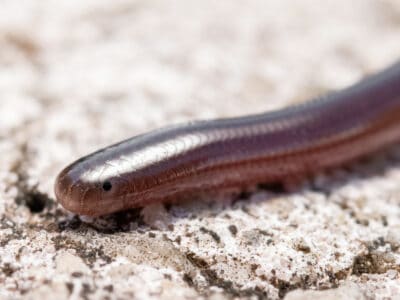
Brahminy Blindsnake
These snakes have been introduced to all continents, except Antarctica!
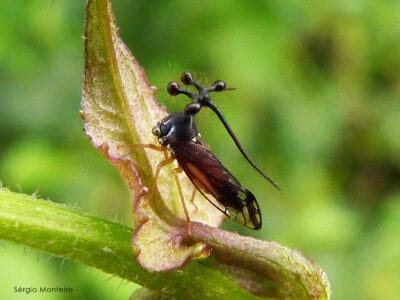
Brazilian Treehopper
“Mild-Mannered Minimonsters”

Brown Dog Tick
Can live its entire life indoors
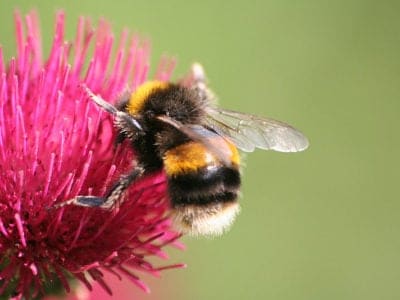
Bumblebee
The most common species of bee!

Butterfly
There are thought to be up 17,500 species!
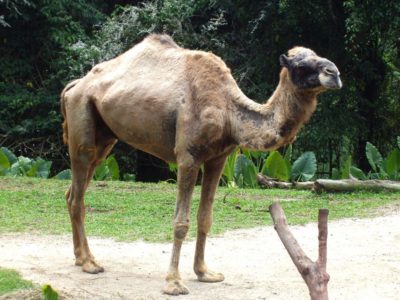
Camel
Can survive without water for 10 months!

Camel Cricket
The camel crickets that are found in the USA are light brown in color. They also have dark streaks all over their body.

Carpenter Ant
Carpenter ants can lift up to seven times their own weight with their teeth!
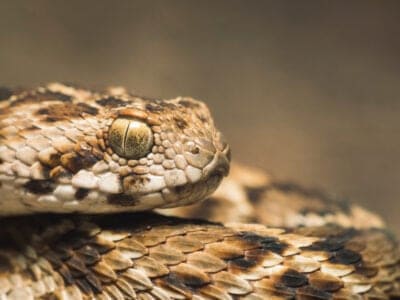
Carpet Viper
The Carpet Viper probably bites and kills more people than any other species of snake.

Cat
May have been domesticated up to 10,000 years ago.

Caterpillar
The larvae of a moth or butterfly!

Catfish
There are nearly 3,000 different species!

Centipede
There are about 3,000 documented species!
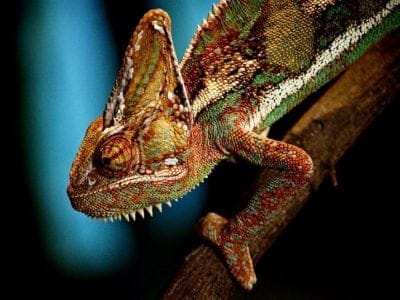
Chameleon
There are more than 160 different species!

Chicken
First domesticated more than 10,000 years ago!
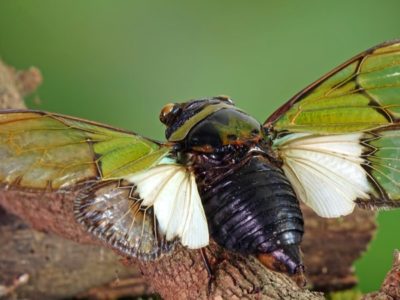
Cicada
Cicadas have one of the longest insect lifespans

Cockroach
Dated to be around 300 million years old!

Codling Moth
Pupae are able to undergo diapause to survive poor fruit yield years and winter.
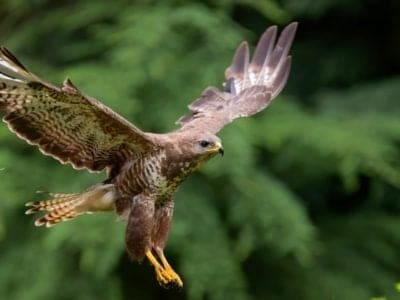
Common Buzzard
The most common raptor in the UK!

Common Furniture Beetle
The common furniture beetle feeds exclusively on wood

Common House Spider
House spiders have the ability to eat most insects in a home.

Cormorant
They can fly 35 mph and dive 150 feet below water.

Cow
There are nearly 1.5 billion worldwide!

Crab
There are 93 different crab groups

Crab Spider
Crab Spiders can mimic ants or bird droppings
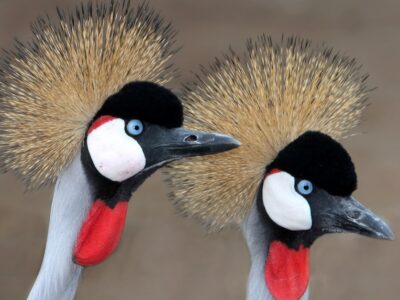
Crane
Many are critically endangered species!

Cricket
Male crickets can produce sounds by rubbing their wings together
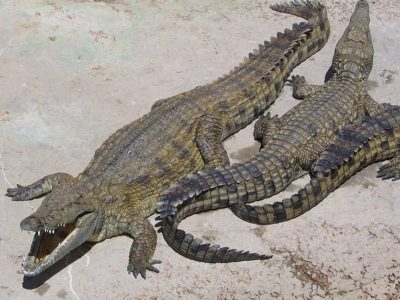
Crocodile
Have changed little in 200 million years!

Crow
A group of these birds is called a Murder.
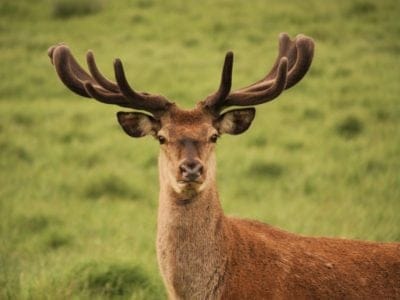
Deer
There are around 40 different species!
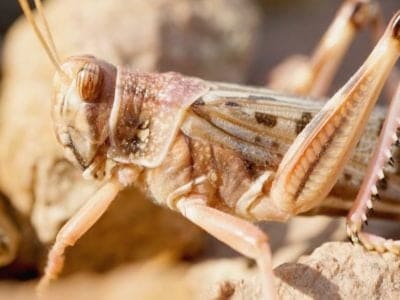
Desert Locust
Solitary locusts are grey while gregarious locusts are yellow with stripes.

Dog
First domesticated in South-East Asia!

Dog Tick
Dog ticks feed on dogs and other mammals

Donkey
First domesticated 5,000 years ago!

Dragonfly
It's larvae are carnivorous!

Duck
Rows of tiny plates line their teeth!

Dung Beetle
The dung beetle can push objects many times its own weight
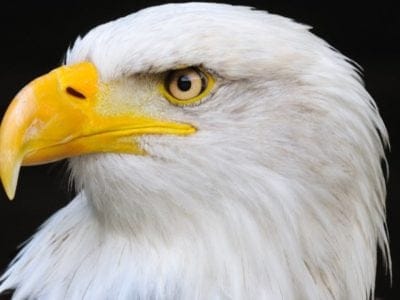
Eagle
Has exceptional eyesight!

Earthworm
They are hermaphrodites, which means they have male and female organs

Earwig
There are nearly 2,000 different species!

Eel
Eels can be a mere few inches long to 13 feet!
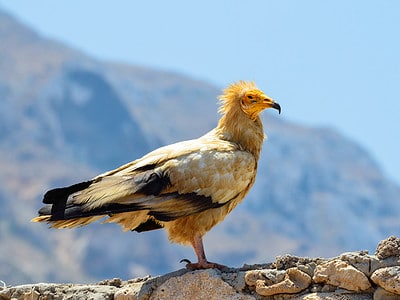
Egyptian Vulture
They steal large ostrich eggs and use rocks and pebbles to crack the shells.
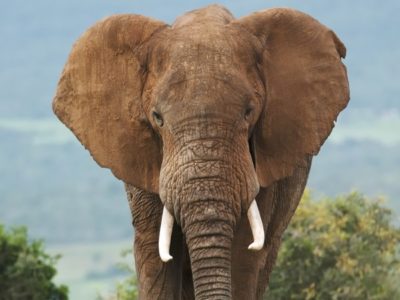
Elephant
Spends around 22 hours a day eating!
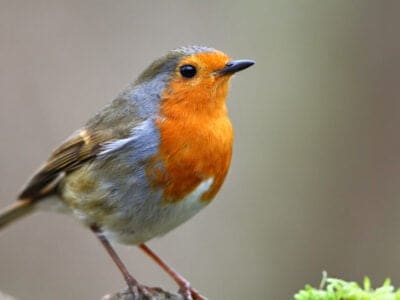
European Robin
Male robins are so aggressive and territorial that they will attack their own reflections.

Falcon
The fastest creatures on the planet!

False Widow Spider
False spiders actually prey on black widow spiders and other hazardous spiders
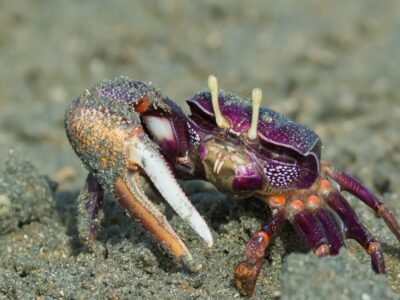
Fiddler Crab
The fiddler crab gets its name from the motion the males make with their over-sized claw during the mating ritual.
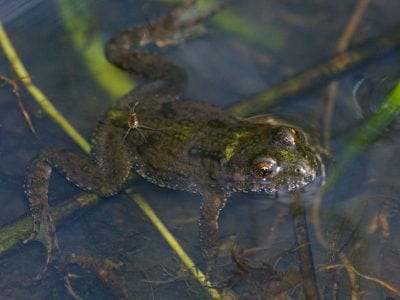
Fire-Bellied Toad
Found across mainland Europe and Asia!

Firefly
The firefly produces some of the most efficient light in the world

Flea
Adult fleas can jump up to 7 inches in the air

Fly
There are more than 240,000 different species!
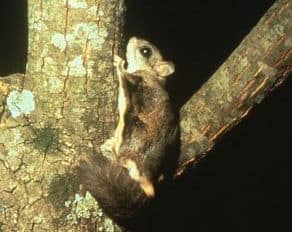
Flying Squirrel
Can glide up to 90 meters!
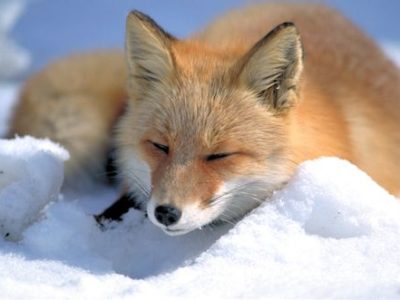
Fox
Only 12 species are considered "true foxes"

Frog
There are around 7,000 different species!

Fruit Fly
Fruit flies are among the most common research animals in the world
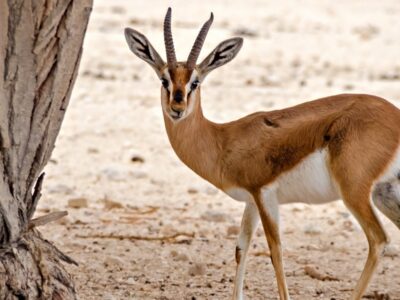
Gazelle
Named for the Arabic word for love poems
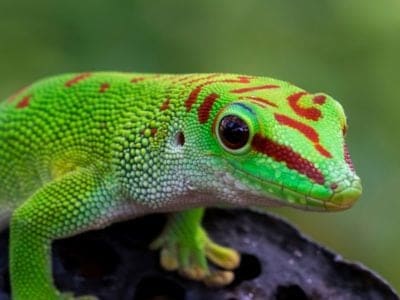
Gecko
There are thought to be over 2,000 species!
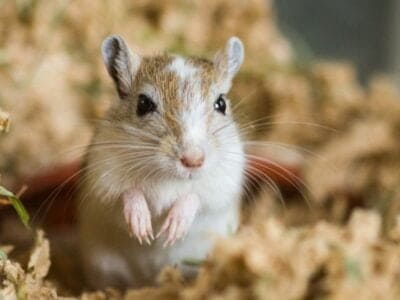
Gerbil
Originally known as the Desert Rat!

German Cockroach
The most common type of urban roach
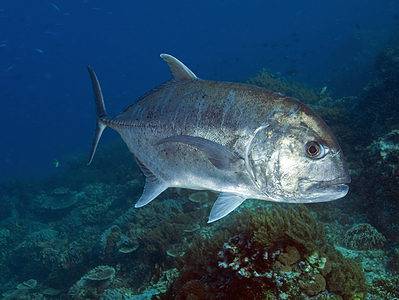
Giant Trevally
The largest fish in its genus
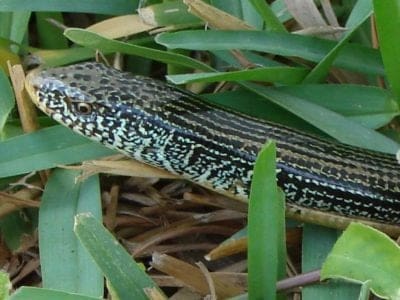
Glass Lizard
Can grow up to 4ft long!

Glowworm
Found inhabiting dense woodland and caves!

Gnat
Males form large mating swarms at dusk
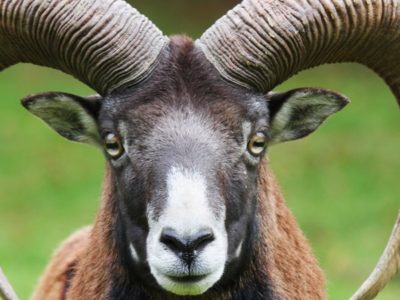
Goat
Most closely related to the Sheep!
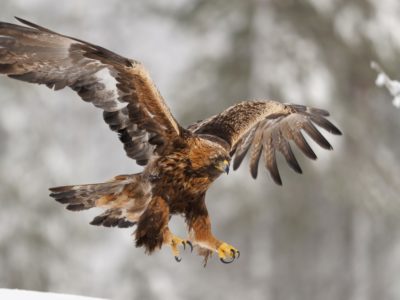
Golden Eagle
Their calls sound like high-pitched screams, but they are quiet most of the time.
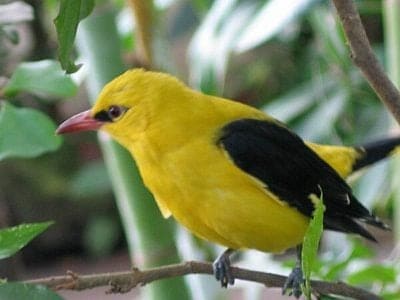
Golden Oriole
Migrates between Europe and Asia!
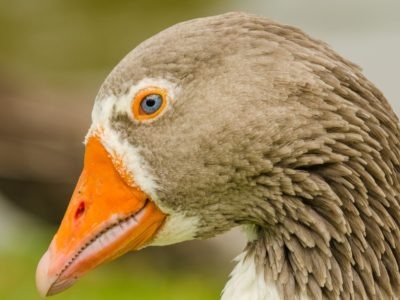
Goose
There are 29 different species!

Grasshopper
There are 11,000 known species!
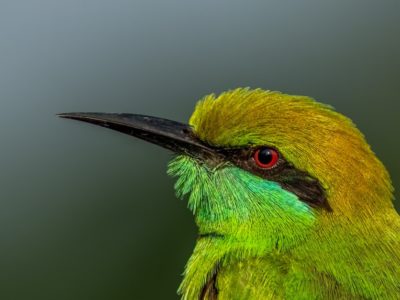
Green Bee-Eater
Mainly eats honeybees!

Gypsy Moth
One of the most invasive species in the world

Hamster
Able to run as quickly backwards as forwards!

Hare
Can reach speeds of over 50 mph!

Hawk Moth Caterpillar
Many hawk moth caterpillars eat toxins from plants, but don’t sequester them the way milkweed butterflies do. Most toxins are excreted.
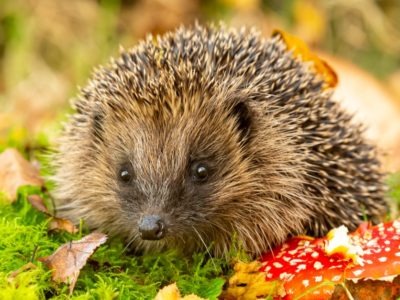
Hedgehog
Thought to be one of the oldest mammals on Earth!

Heron
Inhabits wetlands around the world!
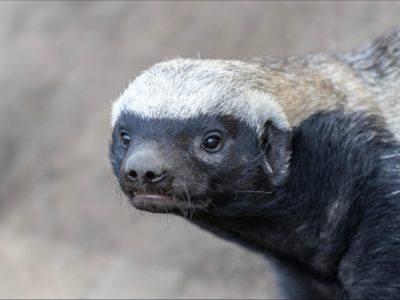
Honey Badger
One of earth's bravest creatures!

Honey Bee
There are only 8 recognized species!
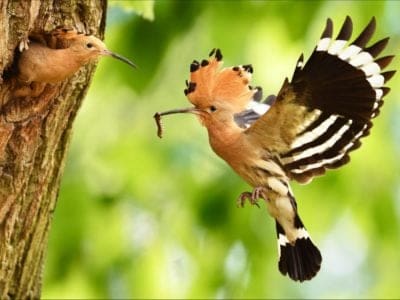
Hoopoe
Stunning bird with a stinky way to deter predators!
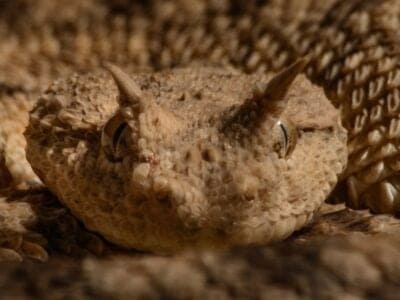
Horned Viper
Horned vipers sidewind across the desert sands of their home.

Horse
Has evolved over 50 million years!

Horsefly
Horseflies have been seen performing Immelmann turns, much like fighter jets.

Housefly
The fly has no teeth

Human
Thought to have orignated 200,000 years ago!
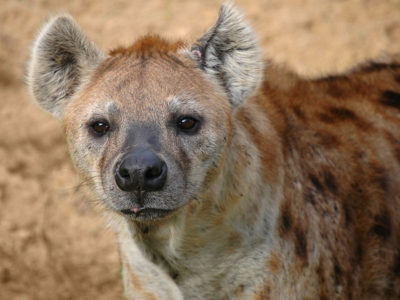
Hyena
There are four different species!
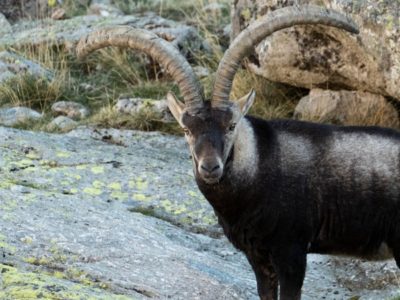
Ibex
Can jump over 6 feet straight up from a standstill
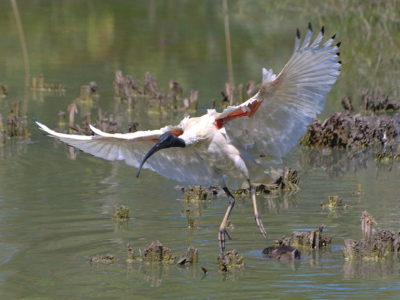
Ibis
Found in swamps, marshes and wetlands!

Insects
There are an estimated 30 million species!
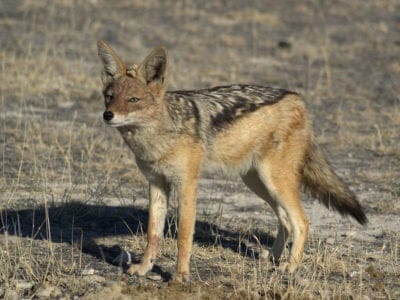
Jackal
Can maintain speeds of 16 km/h!
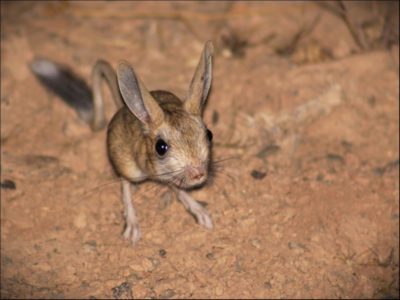
Jerboa
Tiny rodent with a kangaroo-like jump!

Jumping Spider
Some can jump 50 times the length of their bodies

Kingfisher
Inhabits wetlands and woodlands worldwide!

Ladybug
There are more than 5,000 species worldwide!

Leech
Has 10 pairs of eyes!

Liger
The offspring of a lion and tiger parents!

Lizard
There are around 5,000 different species!

Locust
Each locust can eat its weight in plants each day.
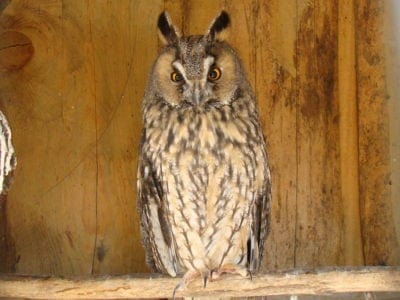
Long-Eared Owl
Ear tufts make it look bigger!
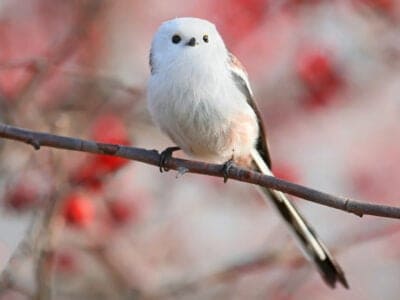
Long-Tailed Tit
Often hangs upside down while feeding!
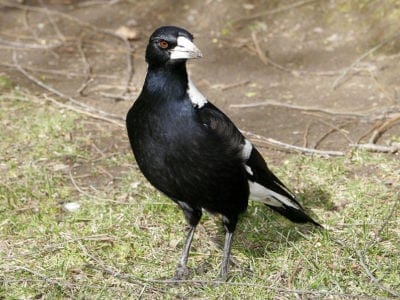
Magpie
They are found across Europe, Asia and Africa!

Mayfly
There are 2,500 known species worldwide!

Mealybug
They have a symbiotic relationship with ants.

Millipede
Some species have a poisonous bite!

Mole
Primarily hunts and feeds on Earthworms!
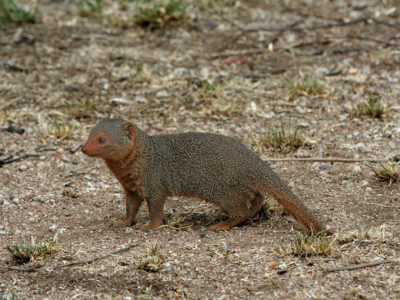
Mongoose
Range in size from just 1 to 3 foot!

Mongrel
Has characteristics of two or more breeds!
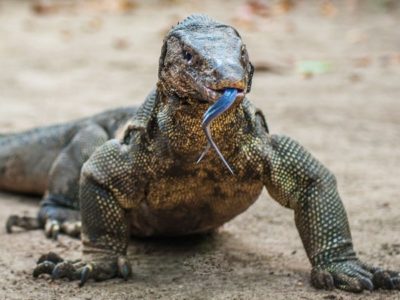
Monitor Lizard
Some species are thought to carry a weak venom!
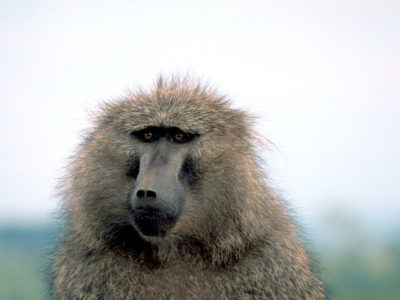
Monkey
There are around 260 known species!

Moorhen
Feeds on aquatic insects and water-spiders!

Mosquito
Only the female mosquito actually sucks blood

Moth
There are 250,000 different species!

Mouse
Found on every continent on Earth!

Mule
The offspring of a horse and donkey parents!

Neanderthal
Roamed Asia and Europe for around 100,000 years!

Nematode
Nematodes range in size from 1/10 of an inch to 28 feet long
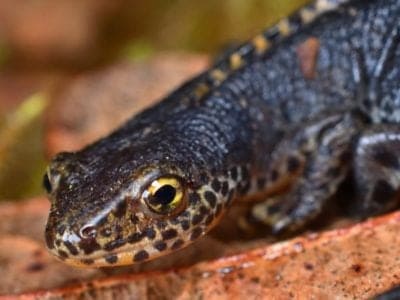
Newt
Able to regrow lost or damaged limbs!
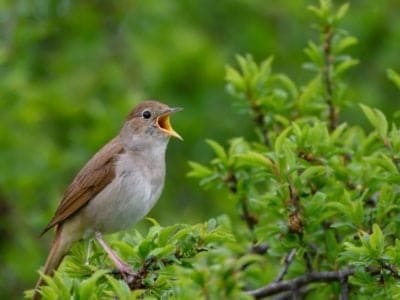
Nightingale
Named more than 1,000 years ago!

No See Ums
There are more than 5,000 species.

Orb Weaver
Females are about four times the size of males

Osprey
They reuse nesting sites for 70 years!

Otter
There are 13 different species worldwide

Owl
The owl can rotate its head some 270 degrees
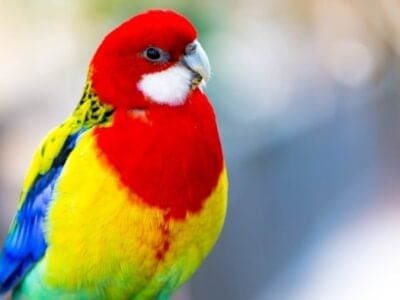
Parakeet
Monk parakeets are the only parakeets that actually build nests. They’re also the only parakeets to nest in great colonies.
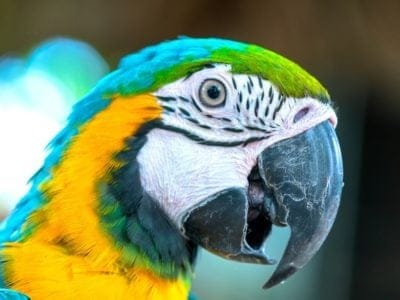
Parrot
Can live for up to 100 years!

Peregrine Falcon
Fastest animal on Earth

Persian
Thought to have originated in the Middle East!

Pheasant
Females lay between 8 and 12 eggs per clutch!
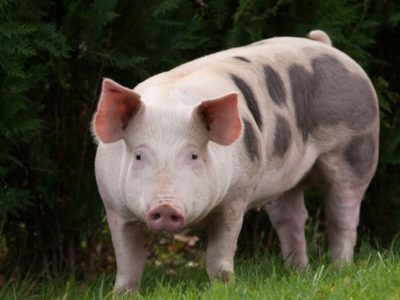
Pig
Thought to have been domesticated in 9,000 BC!

Pigeon
They can find their way back to their nests from up to 1300 miles away.
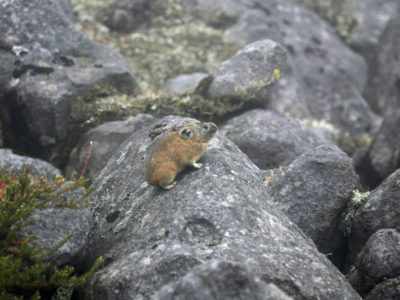
Pika
Found in mountainous regions and rocky areas
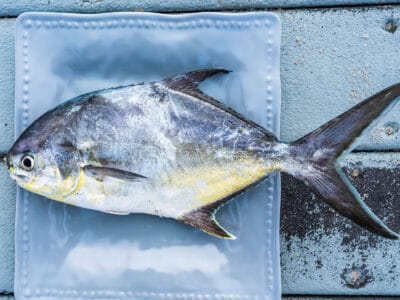
Pompano Fish
They are bottom-feeders
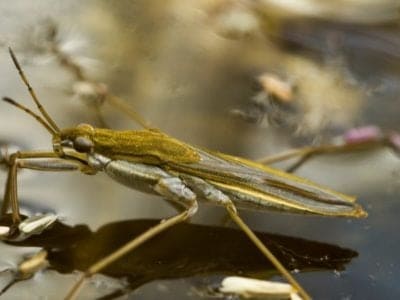
Pond Skater
There are 500 different species!
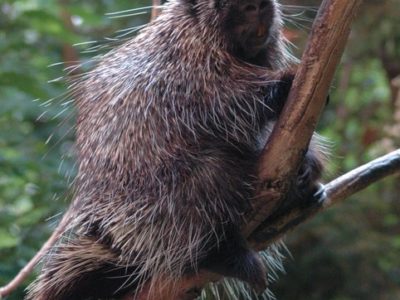
Porcupine
There are 30 different species worldwide!
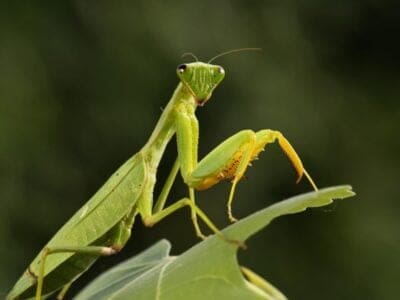
Praying Mantis
The mantis can turn its head 180 degrees.

Quail
Inhabits woodland and forest areas worldwide!

Rabbit
There are more than 300 different species!

Rat
Omnivores that eat anything!
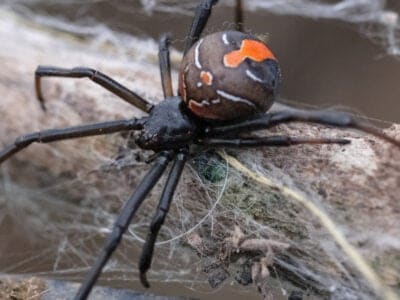
Redback Spider
The redback spiders found in New Caledonia differ from other populations in that they don’t practice sexual cannibalism and don’t bite people as much.
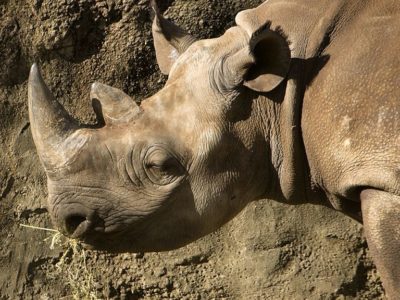
Rhinoceros
It's horns are made from keratin!

River Turtle
Inhabits freshwater habitats around the world!

Robin
There are more than 45 species in Australia alone!

Rodents
The capybara, the world’s largest rodent, likes to be in and around bodies of water. Because of this, the Catholic Church in South America decided that it was a fish, and people were allowed to eat it during Lent and First Fridays.

Rooster
Will mate with the entire flock!

Sable Ferret
Ferrets were used during the Revolutionary War to keep down the rat population.
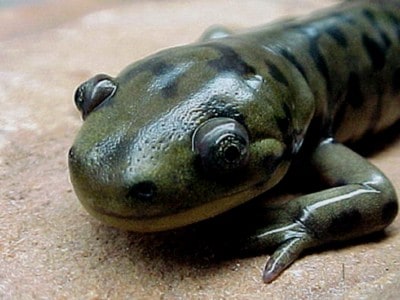
Salamander
There are more than 700 different species!
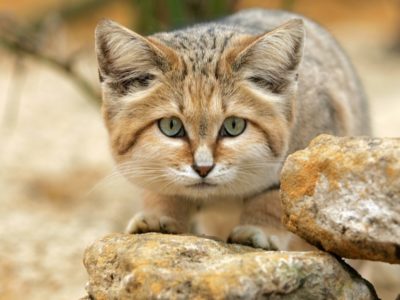
Sand Cat
They can survive for weeks without drinking water because the get moisture from their prey.
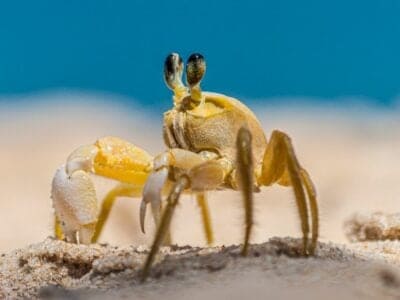
Sand Crab
The sand crab burrows beneath the sand with its tail
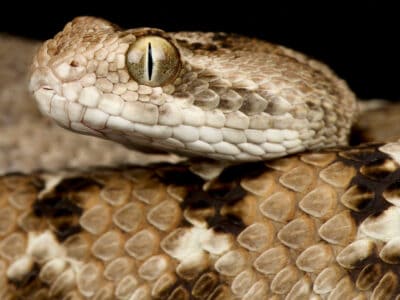
Saw-scaled Viper
This is the smallest venomous snake in India's Big Four.

Scorpion
There are around 2,000 known species!

Sea Eagle
The sea eagle tends to mate for life with a single partner

Seahorse
Males give birth to up to 1,000 offspring!
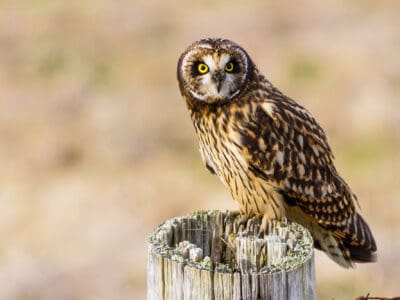
Short-Eared Owl
The short-eared owl is one of the most widespread owl species in the world, covering five continents.

Shrew
The spinal column of the shrew Scutisorex somereni is so strong and reinforced that it can support the weight of an adult human.

Shrimp
There are 2,000 different species worldwide!

Skink Lizard
Some skinks lay eggs in some habitats while giving birth to skinklets in other habitats.
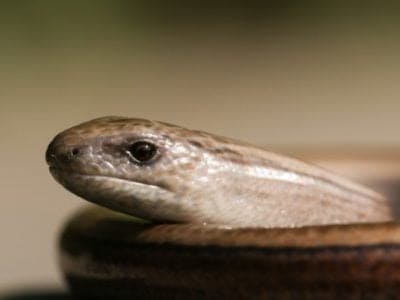
Slow Worm
Found widely throughout British gardens!

Slug
They glide around on one foot, which is aided by the slime they produce

Smokybrown Cockroach
Has up to 45 eggs per egg case

Snail
There are nearly 1,000 different species!

Snake
There are around 4,000 known species worldwide

Sparrow
There are 140 different species!

Spider Wasp
They prey on spiders to feed their larvae or they parasitize other spider wasps.

Squirrel
Small rodents found in woodlands worldwide!

Stick Insect
There are more than 3,000 different species!
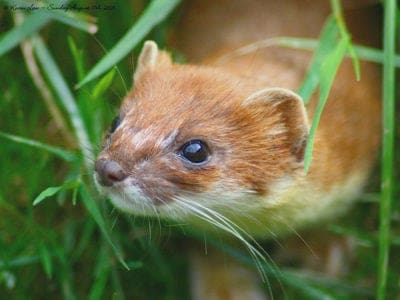
Stoat
Average adults weigh about 200 grams!
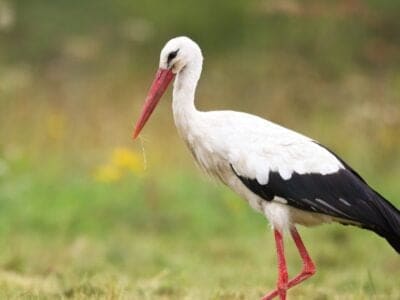
Stork
They can’t sing like other birds.
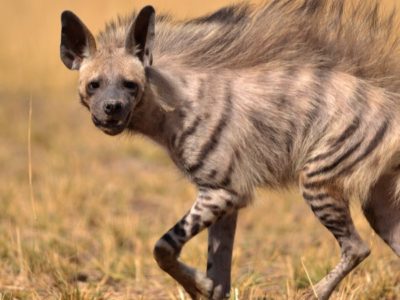
Striped Hyena
The striped hyenas usually mark their territories with the help of the scent gland secretions from their anal pouch.

Swan
Populations have been affected by pollution!
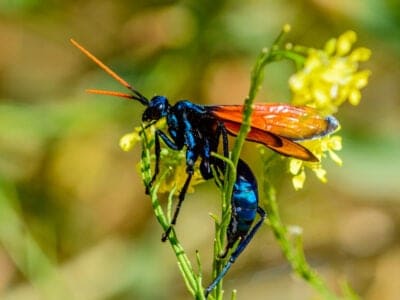
Tarantula Hawk
Tarantula hawks are excellent pollinators, especially for milkweed.

Termite
Their mounds can be up to 9 meters tall!

Thrush
The American robin is called the robin because its red breast reminded European settlers of the robin back in the old country.

Tick
They inject hosts with a chemical that stops them from feeling the pain of the bite

Tiger Beetle
The adult tiger beetle is one of the fastest land insects in the world

Tortoise
Can live until they are more than 150 years old!

Tree Frog
Found in warmer jungles and forests!
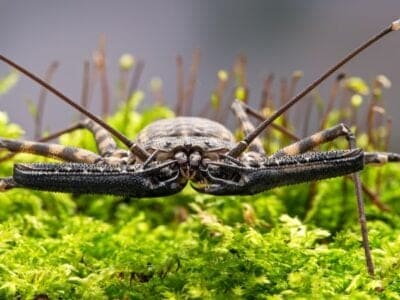
Vinegaroon
Vinegaroons can spray 19 times before the glands are depleted
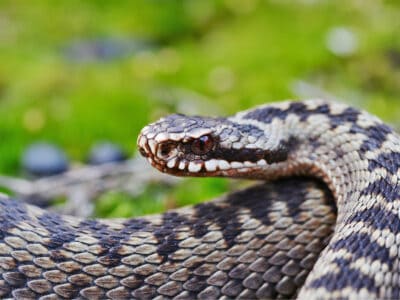
Viper
Vipers are one of the most widespread groups of snakes and inhabit most

Vulture
There are 30 different species worldwide!

Wasp
There are around 75,000 recognised species!
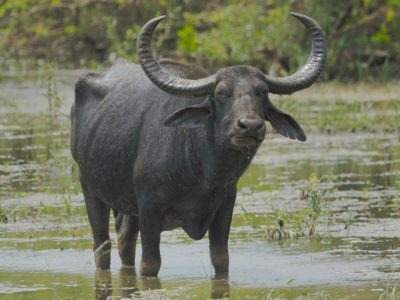
Water Buffalo
Has been domesticated for thousands of years!
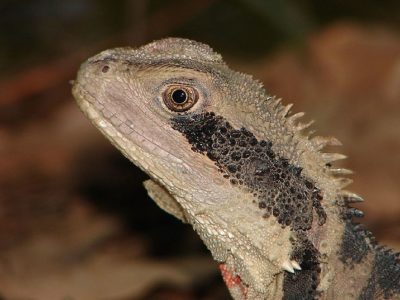
Water Dragon
Spends most of it's time in the trees!
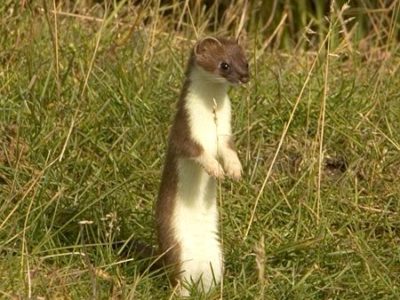
Weasel
The smallest carnivorous mammal in the world!

White Ferret / Albino Ferrets
There are two different types of white ferrets!
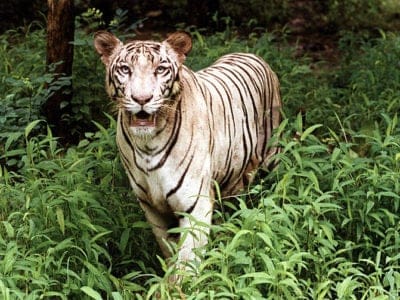
White Tiger
None have been seen in the wild for 50 years!
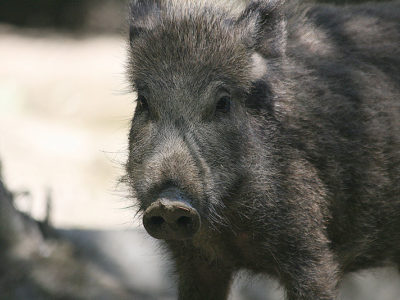
Wild Boar
Males have a top tusk to sharpen the bottom one!
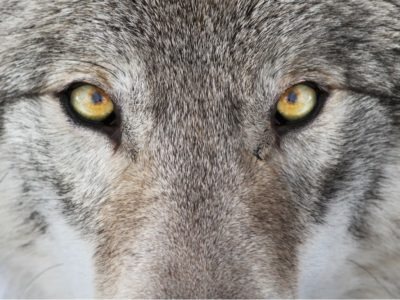
Wolf
Thought to date back more than 300,000 years!

Wolf Spider
Carnivorous arachnid that hunts its prey.

Woodlouse
This animal can roll up into a ball
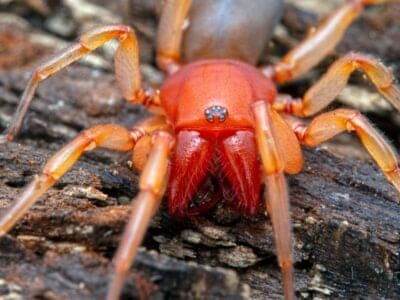
Woodlouse Spider
Unlike most spiders, woodlouse spiders don’t build a web.

Woodpecker
There are 200 different species!

Worm
Doesn’t have eyes.
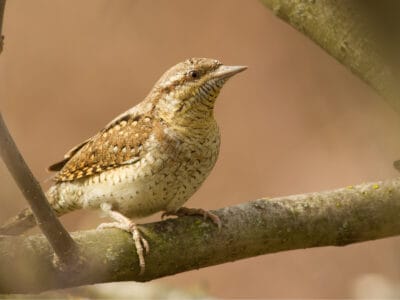
Wryneck
They feign death by making their bodies limp and closing their eyes.
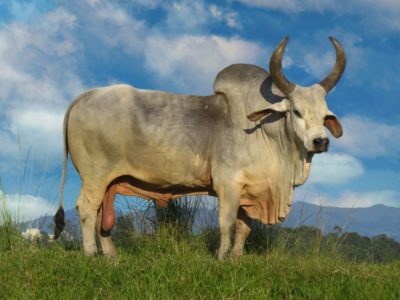
Zebu
There are around 75 different species!
Emiri Animals List
- Admiral Butterfly
- Ant
- Antelope
- Arabian Wolf
- Armyworm
- Arsinoitherium
- Aurochs
- Avocet
- Banana Spider
- Barb
- Barn Owl
- Barn Swallow
- Bat
- Bear
- Bed Bugs
- Bee
- Beetle
- Beewolf wasp
- Bird
- Biscuit Beetle
- Black Widow Spider
- Brahminy Blindsnake
- Brazilian Treehopper
- Brown Dog Tick
- Bumblebee
- Butterfly
- Camel
- Camel Cricket
- Carpenter Ant
- Carpet Viper
- Cat
- Caterpillar
- Catfish
- Centipede
- Chameleon
- Chicken
- Cicada
- Cockroach
- Codling Moth
- Common Buzzard
- Common Furniture Beetle
- Common House Spider
- Cormorant
- Cow
- Crab
- Crab Spider
- Crane
- Cricket
- Crocodile
- Crow
- Cuckoo
- Deer
- Desert Locust
- Dog
- Dog Tick
- Donkey
- Dormouse
- Dragonfly
- Duck
- Dung Beetle
- Eagle
- Earthworm
- Earwig
- Eel
- Egyptian Vulture
- Elephant
- European Robin
- Falcon
- False Widow Spider
- Fiddler Crab
- Fire-Bellied Toad
- Firefly
- Flea
- Fly
- Flying Squirrel
- Fox
- Frog
- Fruit Fly
- Gazelle
- Gecko
- Gerbil
- German Cockroach
- Giant Trevally
- Glass Lizard
- Glowworm
- Gnat
- Goat
- Golden Eagle
- Golden Oriole
- Goose
- Grasshopper
- Green Bee-Eater
- Gypsy Moth
- Hamster
- Hare
- Hawk Moth Caterpillar
- Hedgehog
- Heron
- Honey Badger
- Honey Bee
- Hoopoe
- Horned Viper
- Horse
- Horsefly
- Housefly
- Human
- Hyena
- Ibex
- Ibis
- Insects
- Jackal
- Jerboa
- Jumping Spider
- Kingfisher
- Ladybug
- Leech
- Liger
- Lizard
- Locust
- Long-Eared Owl
- Long-Tailed Tit
- Magpie
- Mayfly
- Mealybug
- Millipede
- Mole
- Mongoose
- Mongrel
- Monitor Lizard
- Monkey
- Moorhen
- Mosquito
- Moth
- Mouse
- Mule
- Neanderthal
- Nematode
- Newt
- Nightingale
- No See Ums
- Orb Weaver
- Osprey
- Otter
- Owl
- Ox
- Parakeet
- Parrot
- Peregrine Falcon
- Persian
- Pheasant
- Pig
- Pigeon
- Pika
- Pompano Fish
- Pond Skater
- Porcupine
- Praying Mantis
- Quail
- Rabbit
- Rat
- Redback Spider
- Rhinoceros
- River Turtle
- Robin
- Rodents
- Rooster
- Sable Ferret
- Salamander
- Sand Cat
- Sand Crab
- Saw-scaled Viper
- Scorpion
- Sea Eagle
- Seahorse
- Short-Eared Owl
- Shrew
- Shrimp
- Skink Lizard
- Slow Worm
- Slug
- Smokybrown Cockroach
- Snail
- Snake
- Sparrow
- Spider Wasp
- Squirrel
- Stick Insect
- Stoat
- Stork
- Striped Hyena
- Swallowtail Butterfly
- Swan
- Tarantula Hawk
- Termite
- Thrush
- Tick
- Tiger Beetle
- Tortoise
- Tree Frog
- Vinegaroon
- Viper
- Vulture
- Wasp
- Water Buffalo
- Water Dragon
- Weasel
- White Ferret / Albino Ferrets
- White Tiger
- Wild Boar
- Wolf
- Wolf Spider
- Woodlouse
- Woodlouse Spider
- Woodpecker
- Worm
- Wryneck
- Zebu
Animals in United Arab Emirates FAQs (Frequently Asked Questions)
What animals live in the United Arab Emirates?
The UAE is considered by many people to be a birdwatcher’s paradise. More than 400 species of birds have been recorded, many of which come to the UAE as a staging ground for their journey to and from Africa. Snakes and lizards are also quite common throughout the country. By comparison, the UAE only has a few mammals specifically adapted for the difficult conditions of the desert such as gazelles, foxes, gerbils, hares, camels, and domesticated goats and sheep.
What animals live in the UAE desert?
The deserts of the UAE are home to foxes, camels, snakes, lizards, and many species of birds.
Are there monkeys in the UAE?
No, monkeys are not adapted for the dry desert conditions of the UAE. Africa, India, and southeastern Asia contain the most common habitats for monkeys.
What dangerous animals live in Dubai?
Poisonous snakes and scorpions can be found throughout the emirate of Dubai, though less commonly in the city itself.




